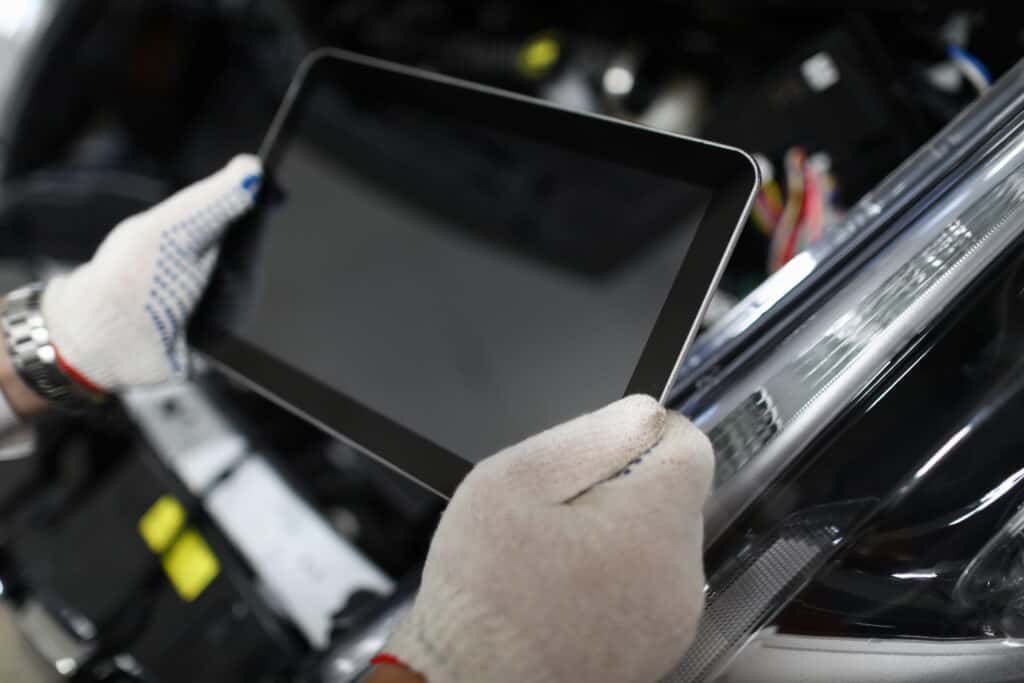The evolution of car key programming
Car keys have come a long way since the early days of automobiles. Initially, cars were equipped with simple mechanical keys that operated the ignition and door locks. However, as automotive security became a paramount concern, manufacturers introduced more advanced key systems to deter theft and enhance convenience.
Understanding Car Key Programming
Car key programming refers to the process of configuring a new key to communicate with a vehicle’s immobilizer system. The immobilizer system is designed to prevent unauthorized access to the vehicle by disabling the engine’s ignition system. Through programming, the new key is synchronized with the vehicle’s immobilizer, allowing it to start the engine.
Types of car key programming
Mechanical Key Duplication
Mechanical key duplication is the simplest form of car key programming. It involves creating a copy of an existing mechanical key using specialized cutting and duplication machines. While this method is still used for some older vehicles, modern cars have transitioned to more advanced key systems.
Transponder Key Programming
Transponder keys, also known as chip keys, incorporate a small electronic chip that communicates with the vehicle’s immobilizer system. During programming, the key’s chip is programmed with a unique code that matches the immobilizer’s code, enabling the key to start the engine. Transponder key programming requires specialized equipment and expertise.
Keyless Entry Systems
Keyless entry systems provide convenience by allowing the driver to unlock the car doors and start the engine without physically inserting the key. These systems use radio frequency identification (RFID) technology to communicate with the vehicle. Programming a keyless entry system involves pairing the key fob with the car’s receiver unit.
Smart Key Programming
Smart keys take convenience to the next level by incorporating advanced features such as keyless entry, push-button start, and remote engine control. These keys use proximity sensors to automatically unlock the doors when the driver approaches the vehicle. Smart key programming requires specialized equipment and expertise.
Tools and Equipment for Car Key Program
To successfully program car keys, professionals rely on specific tools and equipment. Here are some essential items used in the process:
OBD-II Diagnostic Tools
OBD-II (On-Board Diagnostics) diagnostic tools are essential for accessing a vehicle’s electronic system. These tools connect to the vehicle’s OBD-II port and provide valuable information about the car’s status, including immobilizer data necessary for key programming.
Key Programmers
Key programmers are specialized devices designed to program various types of car keys. They offer compatibility with multiple vehicle models and allow professionals to configure keys accurately.
Programming Software
Programming software interfaces the key programmer and the vehicle’s electronic system. It allows professionals to access the necessary programming functions and transfer data between the key and the immobilizer.
Car Key Programming Process
The car critical programming process typically involves the following steps:
Preparation
Before programming a new key, it’s crucial to gather all the necessary information and tools. This includes identifying the vehicle’s make, model, and year, as well as having access to the appropriate key programmer and programming software.
Accessing the Programming Mode
To initiate the programming process, the vehicle must be put into a specific mode that allows the immobilizer system to accept new key information. The method for accessing the programming mode varies depending on the vehicle’s make and model.
Programming the Key
Once in the programming mode, the key programmer is used to transfer the necessary data to the key’s chip or remote. This includes programming the unique code that will enable the key to communicate with the vehicle’s immobilizer system.
Testing and Verification
After programming, the new key is tested to ensure proper functionality. This involves verifying that the key can start the engine, unlock the doors, and perform any other programmed functions. In case of any issues, further troubleshooting may be required.

